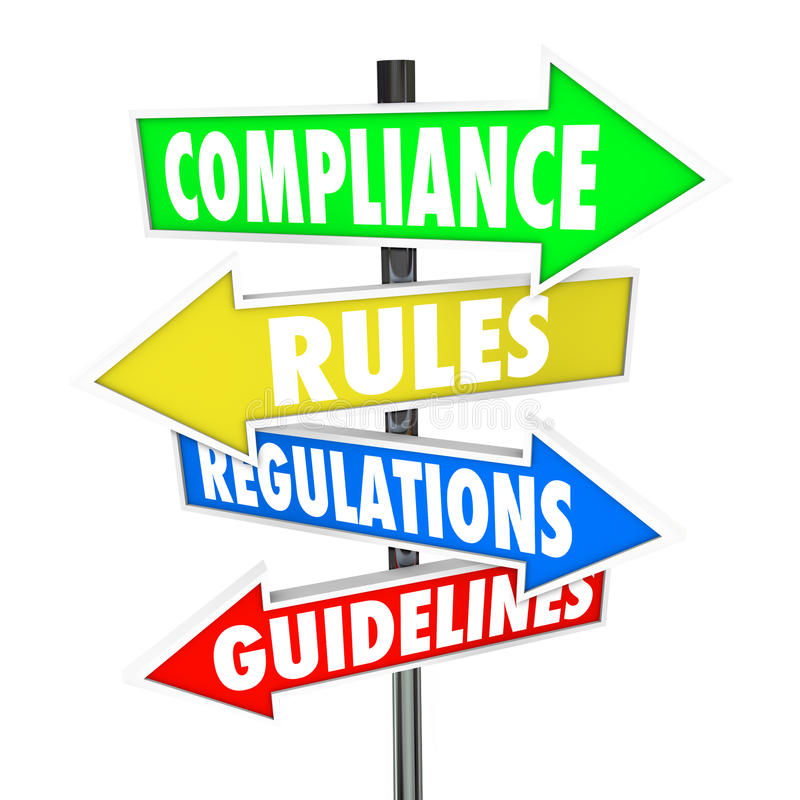Some hear the word ‘compliance’ and embrace it, others hear the word and fear it. ‘Compliance’ is a concept that haunts nearly many professional across the greater enterprise, no matter the function: IT, finance, human resources, procurement, and accounts payable. But in reality, there is no reason for dread, to the contrary – it should be embraced. Enterprises work long and hard to put into place policies and procedures that are intended to help protect their organizations, not strike fear into them. Processes are put into place to ensure legal requirements are met, spend takes place on negotiated contracts, invoice approval and B2B payments follow proper lines of authority, fraud prevented and minimized, etc. Whether it be spend regulations, labor compliance, financial, or legal ramifications, there are good reasons that force companies to build multi-layered compliance management programs.
The intricacies of risk that are prevalent across all areas of the modern spend management spectrum. Investment in agile, innovative technology solutions that foster greater internal and external collaboration can be a game-changer for accounts payable and procurement teams that are seeking to enhance performance and mitigate risks. Such features as automated contract and purchase order (PO) creation, centralization of policies and procedures, automated workflows, electronic signatures, pre-set alerts, spend management reporting, business intelligence functions, and mobile applications can drive greater stakeholder collaboration, engagement, and visibility, which ultimately are designed to enhance compliance, mitigate risk, and improve enterprise performance.
Compliance realistically touches all parts of an organization and has a role in the way everything we do at work is done. With respect to the procure-to-pay process, below are three (of many) important areas where compliance comes into play.
- Standardized contract language and terms. Procurement veterans in the industry will agree that contracts are a “lifeblood” of any enterprise. At the end of the day, agreements with key suppliers are the reasons for cost savings and driving dollars to the bottom-line. When it comes to the legal ramifications of poor contract lifecycle management, it is imperative that enterprises build strong, consistent language and terms in their contracts to ensure the legal safety of the greater organization. Contracts and agreements authored by anyone procuring goods and services for their organization must ensure that all contracts are consistent with other enterprise agreements.
- Enforcement of a preferred supplier program. As with the above bullet, contracts are the very tool that organizations utilize to “lock in” favorable terms with its core suppliers. Discounts across various materials, components, and services can help the enterprise better manage its budget and contribute to true strategic spending. The very value of procurement is immediately erased when functions across the company spend outside of a preferred supplier program; maverick spend is the villain that erodes the bottom-line of any organization. Companies must ensure that they are actively enforcing spending that is compliant with supplier agreements.
- Procure-to-pay processes that are tightly-linked. This area may seem like a more general recommendation for procurement and accounts payable leaders, however, P2P processes have a direct link to the measurement and management of compliance. Linking purchasing to invoice-processing to payment to back-end analytics are prime methods of reconciling spend to the formal agreements with key suppliers. The information (and intelligence) extracted from these efforts can paint a vivid picture of just how compliant spending is against procurement contracts.
Ardent Partners’ research has consistently shown how ‘Best-in-Class’ performers achieve superior results by employing technologies such as AP automation, B2B payments, procurement, and contract management, to engage more stakeholders, help to standardize processes, create visibility into compliance (organizational and supplier), performance, and risk, and ultimately help to elevate the enterprise to the next level of performance. Compliance policies and procedures touch all parts of an enterprise, at times they may seem onerous and obtrusive, but they exist for good reason, to help guide and protect an organization. At the end of the day, compliance should be embraced, not feared or dreaded.



